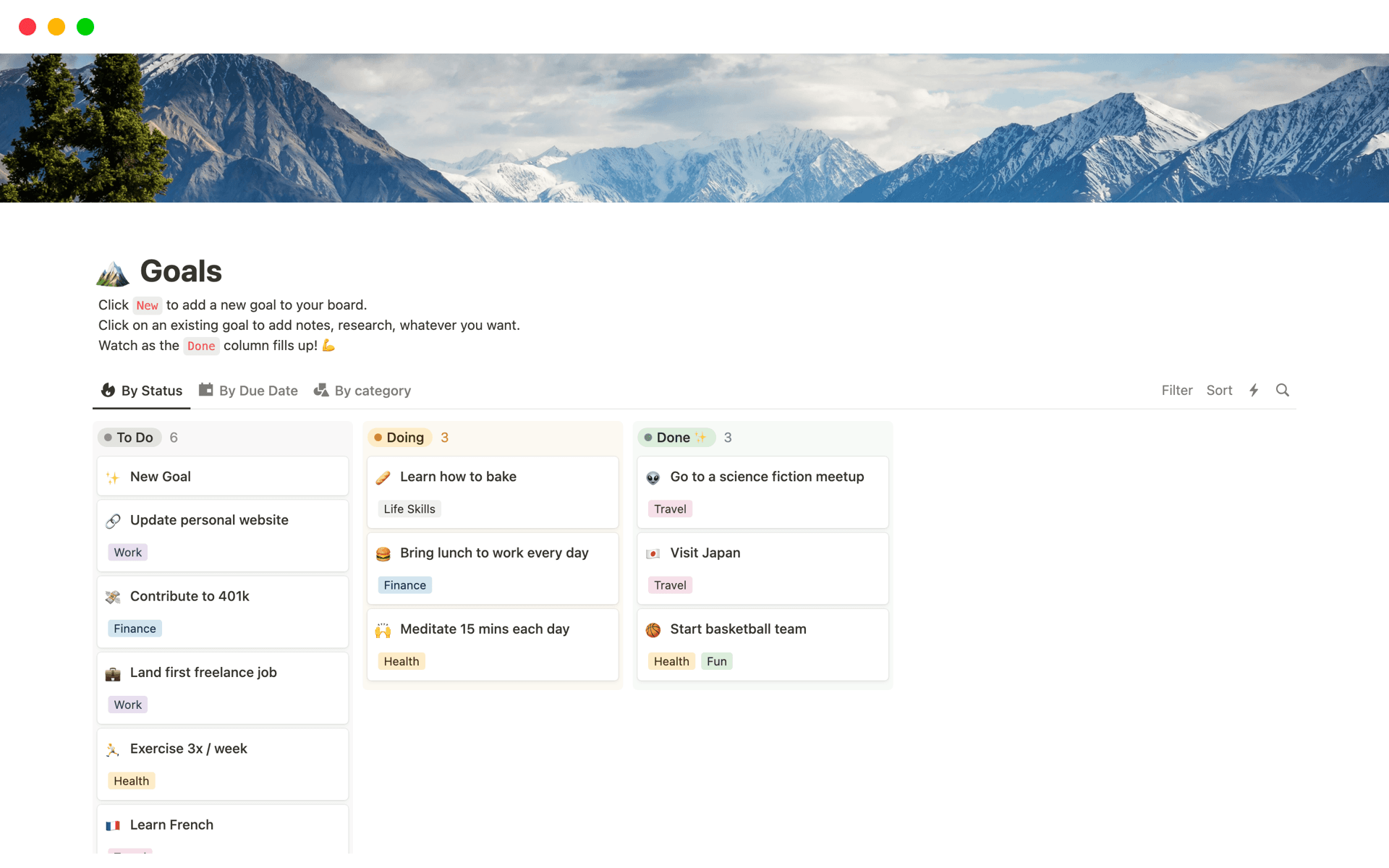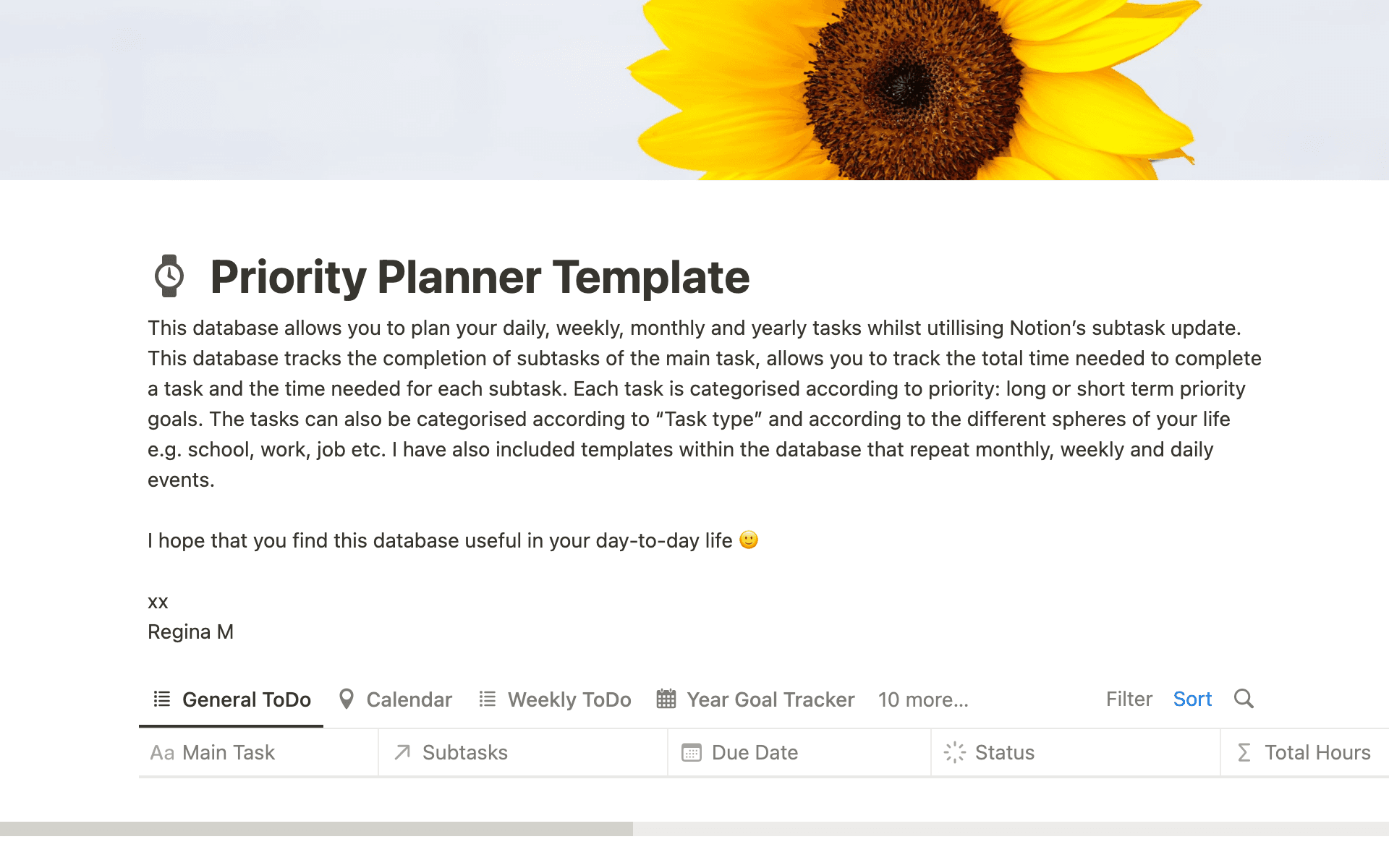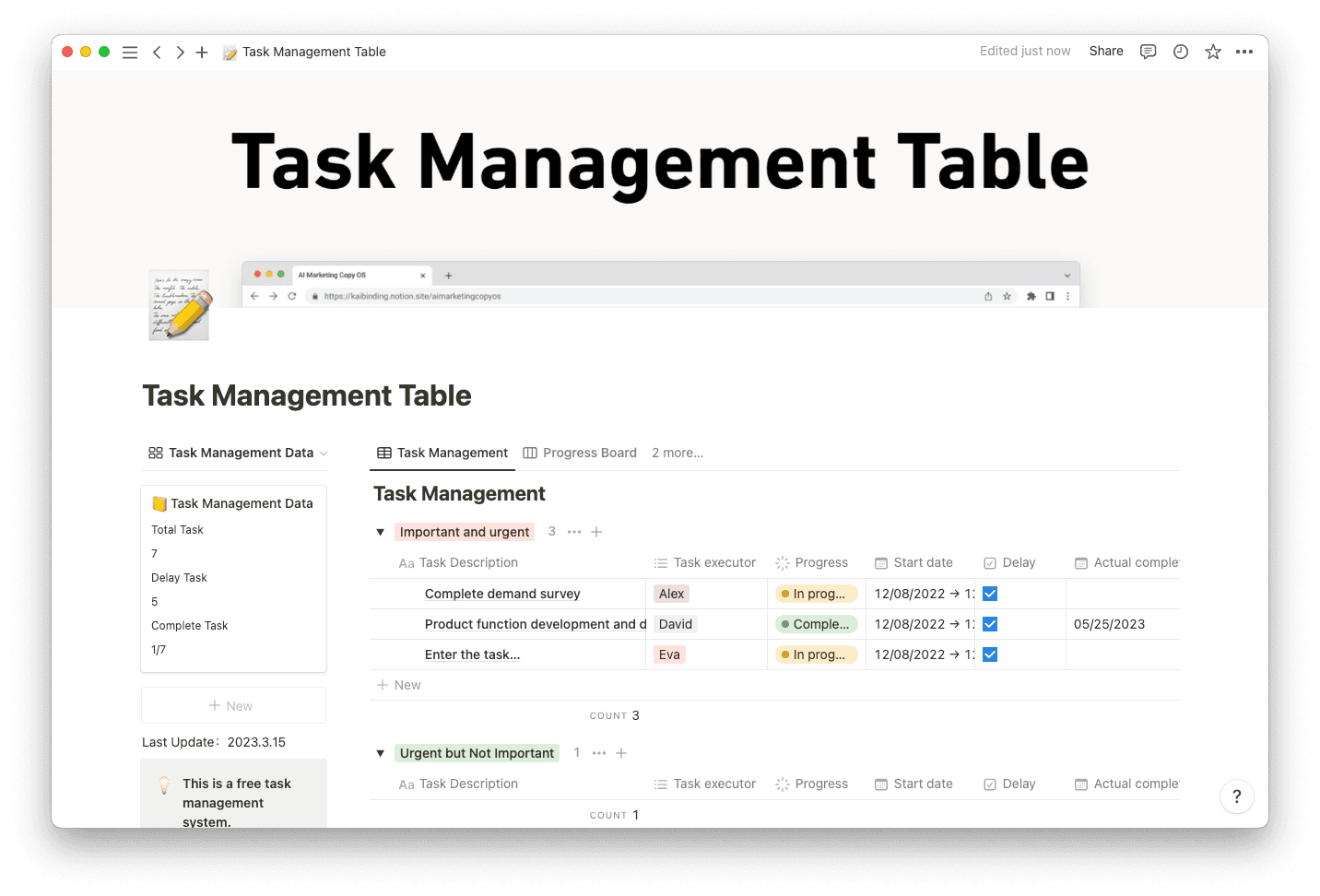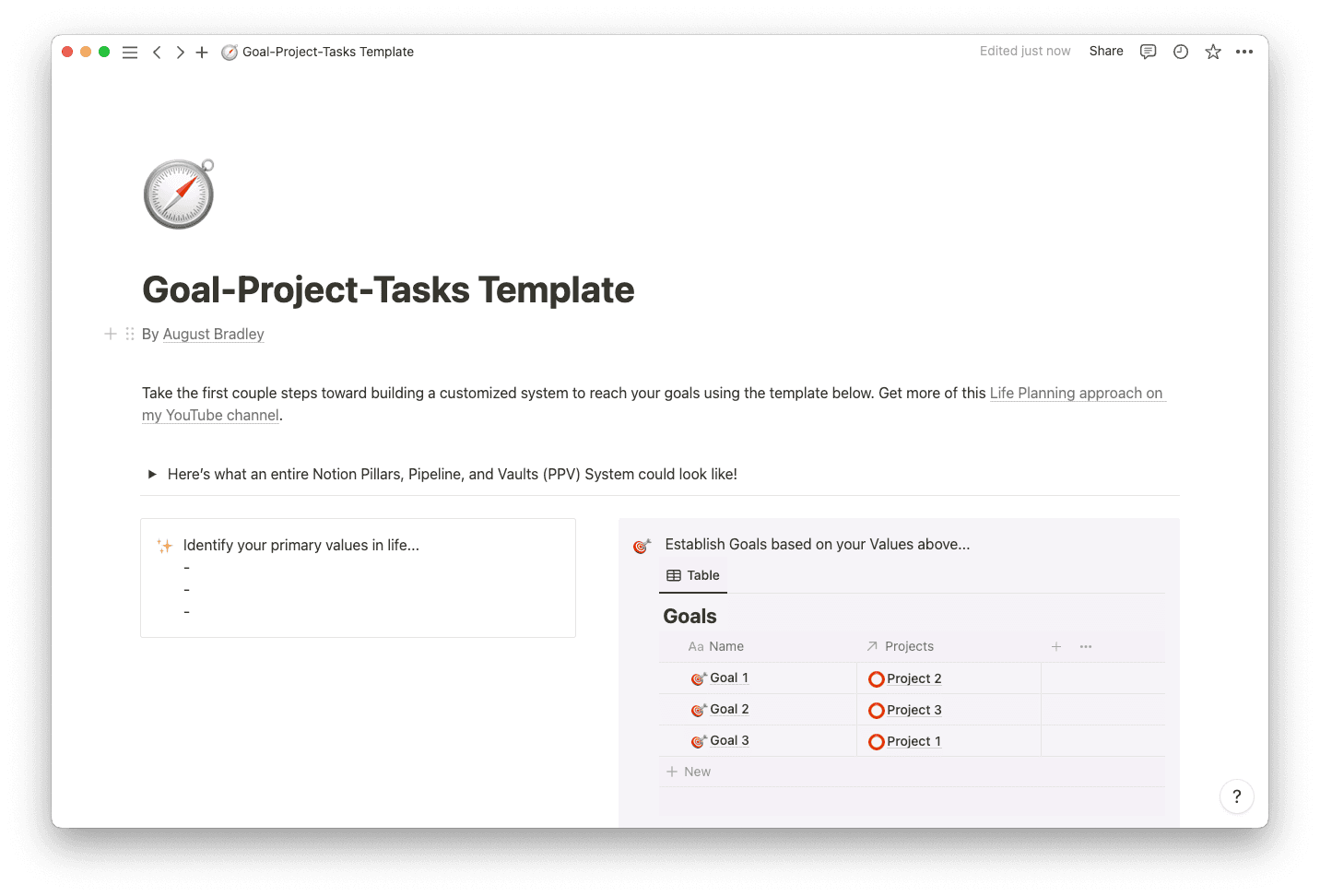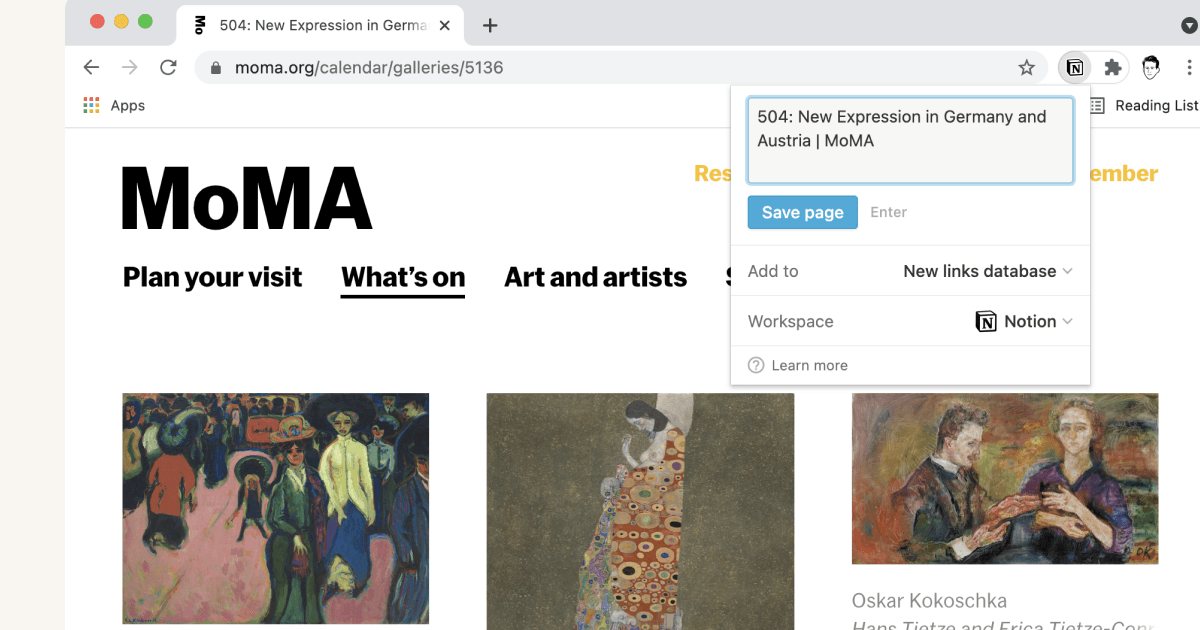Productivity is a constant see-saw: sometimes you’re trying to accomplish way too much, and other times it feels like you aren’t doing enough. The former overworks you and the latter makes you feel unmotivated. Balance is hard to come by — but in a workplace, you need it to combat burnout while still fulfilling daily tasks.
Increasing productivity might seem impossible, especially if your team already has a lot on their plates. But creating better habits and tracking your progress can help you get more done in less time.
Here’s how to boost productivity in the workplace, manage your workload, and cross off to-dos with ease.
What’s productivity?
Productivity measures the relationship between your effort and your performance. If you finish lots of tasks in a day, you’re more productive than if you got distracted and worked slowly. But it's not just the amount of time you take to produce an output; productivity is a mix of your efficiency and the finished product’s quality and quantity.
In a workplace, to be productive means being consistent and efficient when completing tasks, whether that’s as a team or as an individual. Productivity looks different for every person and every workplace, but the process can include goal setting, multitasking, and employee engagement.
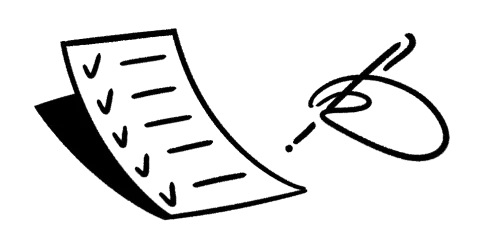
Why’s workplace productivity important?
Productivity in the workplace defines how much your team actually gets done, which means it directly affects your outputs and overall success. You need to create a culture and value system that prioritizes essential tasks and meaningful work over the day-to-day monotony that might slow down your team.
Workplace productivity also contributes to:
Work culture and morale — an engaged employee is a productive one, and when they get more done, they’ll feel even more motivated to continue. Efficiency and productivity in the workplace create a cycle that aids both morale and output.
Business goals and results — when your team is more productive, they’ll produce higher-quality work, and at a higher volume. You’ll reach your goals faster and have the time and space to finish more projects overall.
Employee retention — employees might lose steam when they don’t see the fruits of their labor. If their efforts consistently result in next to nothing, they’ll feel demotivated and become less productive, which can affect retention levels. Encouraging actionable habits for productivity helps prevent this problem.
How to measure productivity in the workplace
You can measure productivity with this equation: work output divided by work input. This shows how much you’re producing according to how much you’re putting in. But the definitions within this equation — how you characterize work and effort, and what productivity means to you — vary drastically between workplaces.
Creating metrics that apply to your workplace can help your team see how they’re doing and spot areas for improvement. If you’re working at a high-output graphic design agency, measure how many design drafts you submit. If you work in sales, measure how many new leads you score. Not every industry has clear, measurable outcomes, so get creative to find what makes your team feel productive or directly relates to the company’s success.
Try using time management tools to track your productivity. In one place, you can set goals, follow individual tasks and to-do lists, and give actionable feedback. At the end of the day, measuring productivity is about creating shared values and common goals that businesses and employees can both achieve.
Productivity doesn’t have to equal burnout
Productivity is a goal, but people aren’t machines. Going in with a detailed plan to be more efficient and get more done can be overwhelming, especially if it involves a lot of change at once. Adjusting your workflow represents a learning curve for employees and employers alike — and it’s important to let that learning curve happen.
Here are three core concepts to keep in mind while emphasizing productivity in the workplace:
Encourage incremental change — whether we’re talking about a change in habits or a changed work location, it takes time to acclimate. If you’re asking an employee to do more tasks than they usually do, start slow. Add one per week and ask how they’re doing. Gradually, they’ll find ways to work faster, but it won’t happen overnight.
Continue the conversation — regular check-ins will help you track employees’ productivity and morale. Booking one-on-one meetings and making space for updates from your whole team gives everyone the chance to start a conversation about their productivity and continue improving. Asking everyone to be more productive with no guidance won’t lead to results.
Move past mistakes — if you’re trying to make your whole workforce more productive, chances are you won’t get it right the first time. You can't boost productivity by shutting off social media or peppering employees with notifications. Let them know you’re open to feedback, and listen to your employees when they talk about what keeps them motivated.

7 ways to foster a productive workplace
There’s no one-size-fits-all approach to productivity. Every workplace, workflow, and employee is different, so try using a combination of methods.
Here are seven things you can do to boost productivity and get more done:
1. Limit high-tech distractions
Between our computers, tablets, television screens, and smartphones, we have plenty of tech distractions around us at any given time. And while having a tiny computer in your hands lets you communicate and gather information on the fly, your phone is also the place where you’ll find social media and other distractions — ones you don’t want on the job.
This isn’t to say you should lock yourself in a white room with an air-gapped computer. Instead, find ways to balance work and distractions.
The two-minute rule is one way to increase productivity: If you can do an action in less than two minutes, do it. You can apply a variation of this rule to distractions. When you feel the need to scroll or take a break, do it, but limit yourself to two minutes. Then get back to work.
The Pomodoro Technique is another time management tool that supports your productivity. You spend 25 minutes working, then take a five-minute break. This continues four times, after which you’ll take a longer break. You’ll balance work and personal time to hack your brain for maximum productivity.
2. Set up quiet and private zones in the office
Not everyone thrives with shared desks and social offices. If too much chatter is affecting your team’s productivity, encourage your company to install private work zones. These spaces — which can be quiet corners or bookable private offices — exist in order to allow employees to focus without the distractions of the office space around them.
3. Improve your email habits
That constant ding of your email pulls you out of deep work and directs your attention to non-urgent messages. Try putting filters on your email and setting silent notifications during blocks of steady work, so that when you’re focused, you stay focused. If someone really needs to reach you, create a system that puts their message through.
4. Divide large projects into smaller tasks
Large projects can be daunting and create productivity-halting anxiety. Splitting them into smaller, more manageable tasks makes them feel easier to tackle. Set reachable goals and objectives for each task to motivate everyone on that project and give them a sense of accomplishment every day.
5. Organize to-do lists by priority
Like large projects, long to-do lists can become a source of stress and impact productivity. Instead try organiing tasks by priority, so you and your team only see the most important things, and when you finish those to-dos, you can move on to less urgent ones. Focus on one at a time instead of a daunting list.
6. Lower the number of tasks you take on at once
Churning out large amounts of work seems like a good idea before you’re actually doing it. Sometimes getting a lot finished is harder than it looks, and you get lost in the numbers and burn yourself out.
High productivity has its place when crunch time comes around. But in general, balancing your workload can lead to greater productivity and higher-quality output. Encourage your team to be honest about what work they can take on, and use organizational tools like roadmaps to plan it out.
7. Distribute responsibilities
One more way to lower the volume of tasks is to make sure you’re distributing them evenly across your team. Teamwork and productivity exist together — teams are there to share the load and offer mutual support. You can’t get everything done on your own. Make sure everyone has a workload that makes sense for them, and if some people are more productive, encourage them to use their time to help everyone else out.
Use Notion to boost productivity
Launching more productive workflows requires documentation and tracking systems that get you where you need to go.
Notion has a full slate of templates to lend a helping hand, like our work management dashboard and SMART goals tracker. Build measurable and actionable habits to keep yourself accountable and productive, and share progress with the rest of your team.

